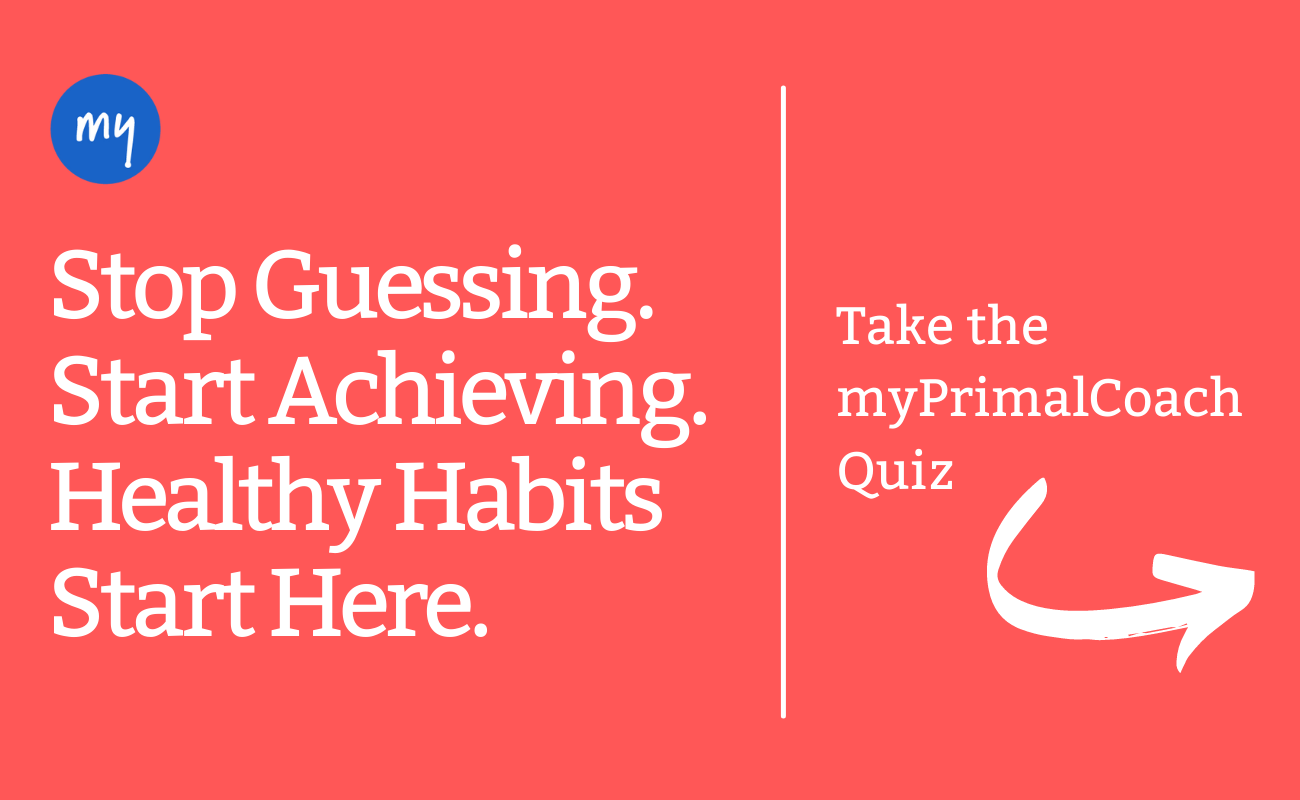Aerobic is a nuanced word. It calls to mind any activity that increases your heart rate and works your cardiovascular system. But that broad definition doesn’t take into consideration how easy it is to cross the line from true aerobic exercise into anaerobic exercise, and why it makes a difference to know which side of the line you’re on. By the end of this article, you’ll walk away with a true understanding of aerobic exercise and how it can help you reach your health and weight-loss goals.

Aerobic vs. Anaerobic Exercise (and why you may not be doing either)
An easy way to understand the difference between aerobic and anaerobic exercise is to translate them. Aerobic means “with air” (and by air we mean oxygen) and anaerobic means “without air” (we still mean oxygen).
So, when you’re engaged in aerobic exercise, say you’re rowing or swimming, your body uses oxygen to produce energy for your muscles during sustained efforts. As you breathe deeper, you increase oxygen in the blood, and as your heart rate rises, you increase blood flow to your legs and lungs. It keeps you in the desirable fat-burning zone.
Aerobic exercise promotes stamina, weight-loss, fat-burning, lower blood pressure, better moods, longevity, and can even decrease your risk for chronic diseases like heart disease and diabetes.
But there’s a sweet spot. And when you leave this sweet spot, you approach anaerobic exercise.
During anaerobic exercise, which is much more intense in effort, you need energy STAT. Your lungs can’t push enough oxygen into the bloodstream to supply fuel to your muscles, so instead, you stop burning fat and start burning glucose and glycogen. In other words, you shift to the carb-burning zone. When you’re there, you’ll feel it, because your body begins producing lactic acid, which gives you that familiar muscle burn.
True anaerobic exercise, like HIIT workouts, sprints, plyometrics, and heavy weight lifting, burn fat, build muscle, increase stamina, and strengthen bones. You want to cross into anaerobic territory and dip into those energy stores every once in a while. And at those times, you really want to reach, and do your best to push past, your limits.
But occasionally is key with anaerobic activities—because they’re hard on your body, have to be performed with proper technique, and can teeter dangerously close to chronic cardio territory when done beyond once and a while.
Here’s the thing though: Most people don’t stay in aerobic territory very long, and never reach true anaerobic territory, either.
Instead, they spend most of their time in “the black hole,” an exercise intensity that’s too tough to be aerobic, but not tough enough to qualify as a true, peak performance, anaerobic activity. In other words, it’s not totally comfortable—so you feel like you’re getting a good workout—and it’s not so brutal that you can’t keep it up for a long while. After exercising, you feel pretty good about yourself. You worked up a sweat and picked up your breath for an hour. Unfortunately, your body and overall health don’t feel as enthusiastic.
Exercising in the black hole can keep you from reaching your aerobic potential and can compromise your recovery. It trains your body to prefer burning carbs to burning fats, and it keeps your sugar-burning genes active for up to 72 hours post exercise. It’s no wonder you crave carbs! And a high-carb diet contributes to fatigue, weight gain, brain fog, and insulin resistance.
Stay Out of the Black Hole and in the Aerobic Zone
It doesn’t take much to enter your fat-burning aerobic threshold. Your heart rate will pick up, but you have control of your breath and can carry on a conversation comfortably.
It also doesn’t take much to exceed it. Which is why you want to know the limits of your aerobic threshold.
We recommend using Dr. Phil Maffetone’s 180-age formula (MAF 180 Formula, which stands for maximum aerobic function), and then monitoring your heart rate with a heart rate monitor to make sure you stay in that sweet spot.
It’s simple. Let’s say you’re 45 years old. Subtract 45 from 180, and your maximum heart rate is 135. That means you’ll want to keep your heart rate at or below 135 beats per minute at all times.
Because it’s an estimate, it’s not 100% perfect for everyone, but it’s pretty darn close. And there are a few modifications you can use to align your chronological age with your physiological age.
- If you’re recovering from an illness, in rehab, on regular medications, or are experiencing symptoms of chronic overtraining, subtract another 10 points from your maximum aerobic heart rate.
- If you’re injured, your workouts have been subpar or you’re experiencing workout fatigue, you get sick more than twice a year and are prone to infections, or have seasonal allergies, asthma, or are overweight, take an additional 5 points off your maximum aerobic heart rate.
- If you’ve been working out consistently for up to two years and have no injuries, illnesses, or exercise troubles, then you’re set with the 180-age formula.
- If you’ve been exercising consistently for more than two years with no issues and have not plateaued with your training, add 5 points to your maximum aerobic heart rate.
Further modifications can be made for people over 65 or for avid exercisers in optimal health. Talk to your health coach to see if you need to make any adjustments to your maximum heart rate.
Is It Really That Simple?
We’ve found that using the MAF 180 Formula to monitor your heart rate during aerobic activity is the simplest and most accurate way to optimize the function of your fat-burning aerobic system. It slows you down so that you ultimately go faster.
Dr. Maffetone first started measuring heart rate as a research student working on a biofeedback project. He discovered it was a great way to measure how well the body does or does not function. He started researching heart rate during exercise, and found that the ideal heart rate was far lower than that of the popular 220 Formula (220-age). His findings showed that athletes using the 220-age maximum heart rate were generally overtrained and exhibited more muscle imbalance and poor gait.
His 180-age formula takes exercise into a lower intensity range, which may seem counterintuitive. We’ve just grown so used to feeling the effort. But research shows people are faster and more powerful when they keep their heart rate in the 180-age range during sustained efforts. And they enjoy greater performance gains overall—especially when eating a lower carbohydrate and higher fat diet.
Monitoring Heart Rate
Now that you know your maximum heart rate, you’ll need a heart rate monitor to help keep you there.
There are two types of heart rate monitors: electrical and optical.
Chest straps use a wireless sensor to detect the electric pulse of your heart and measure heart rate. The cons: you have to strap it to your chest, which isn’t all that convenient. The pros: It’s the most accurate way to measure your heart rate.
Wearables and smartwatches use optical sensors to measure heart rate. The pros: it’s convenient and versatile. The cons: It’s not as accurate.
If you don’t have your heart rate monitor, you can use nasal breathing to help keep you in the aerobic zone.
Keep your mouth closed so you’re only breathing through your nose. When you’re exercising at a level where you feel like you have to open your mouth and take a deep breath, slow down. It’s tempting, but don’t open your mouth—just take the effort down a level, or two. Nasal breathing requires oxygen, and when you’re exercising aerobically, you should never be breathless!
Leave the breathlessness to your occasional anaerobic workouts. And enjoy how much easier exercise has become!

